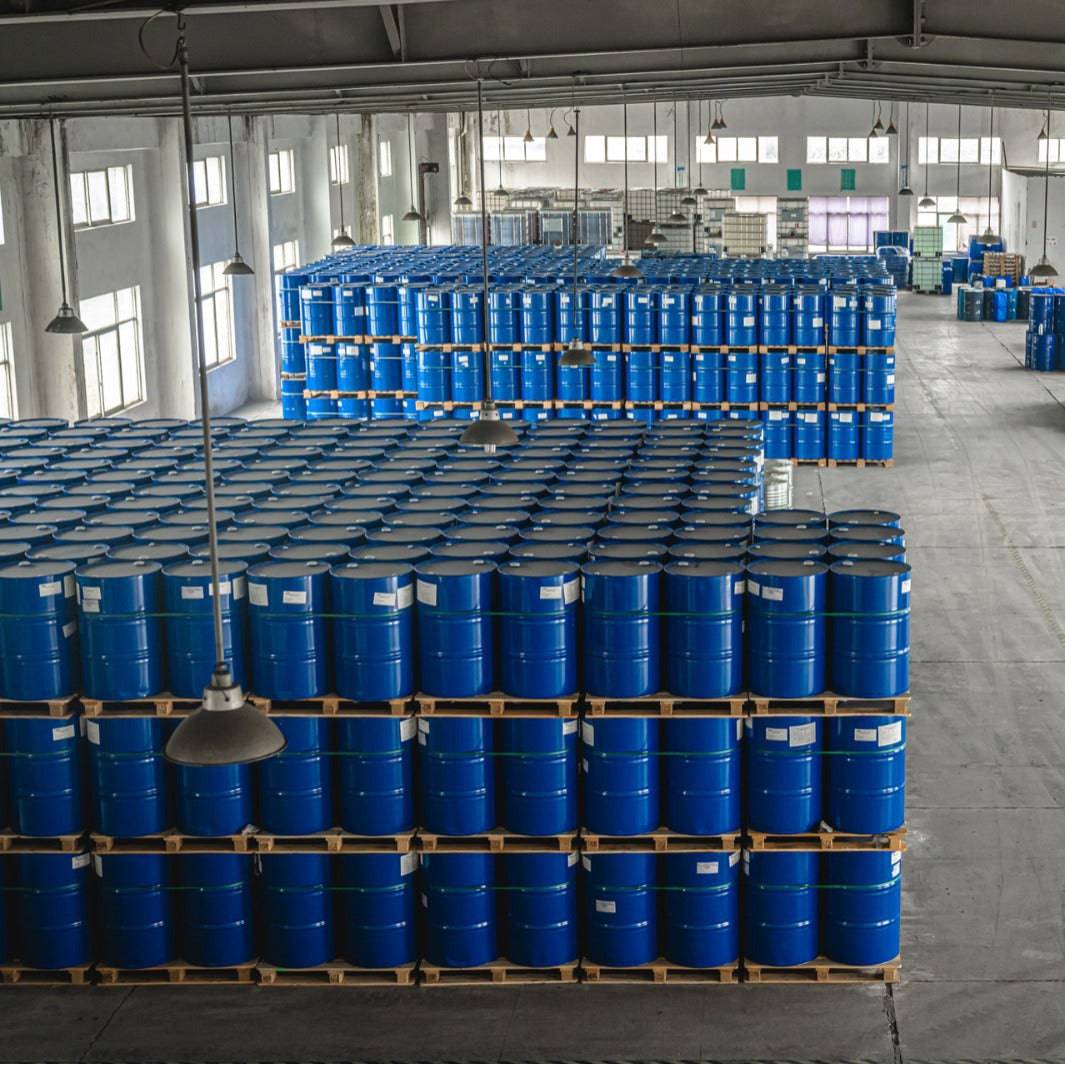An Unbiased View of Chemie
Wiki Article
Chemie Fundamentals Explained
Table of ContentsUnknown Facts About ChemieThe Ultimate Guide To ChemieExcitement About ChemieAll about ChemieExcitement About ChemieGetting My Chemie To Work
By Bojanna Shantheyanda, Sreya Dutta, Kevin Coscia and David SchiemerDynalene, Inc. Fluid air conditioning, which can be attained making use of indirect or straight means, is utilized in electronic devices applications having thermal power densities that may go beyond safe dissipation with air cooling. Indirect liquid air conditioning is where warm dissipating electronic elements are physically separated from the liquid coolant, whereas in situation of direct air conditioning, the components remain in straight contact with the coolant.In indirect cooling applications the electric conductivity can be essential if there are leaks and/or splilling of the liquids onto the electronic devices. In the indirect air conditioning applications where water based liquids with deterioration inhibitors are normally made use of, the electric conductivity of the liquid coolant mainly relies on the ion concentration in the liquid stream.
The rise in the ion concentration in a shut loop liquid stream might take place because of ion seeping from steels and nonmetal elements that the coolant fluid is in call with. During procedure, the electric conductivity of the liquid may raise to a degree which might be hazardous for the cooling system.
What Does Chemie Do?
(https://experiment.com/users/chemie999)They are bead like polymers that can trading ions with ions in a solution that it is in call with. In the here and now work, ion leaching tests were performed with various metals and polymers in both ultrapure deionized (DI) water, i.e. water which is treated to the highest levels of purity, and reduced electrical conductive ethylene glycol/water mixture, with the determined modification in conductivity reported with time.
The examples were enabled to equilibrate at space temperature level for two days before tape-recording the first electric conductivity. In all tests reported in this research study fluid electric conductivity was measured to a precision of 1% using an Oakton CON 510/CON 6 collection meter which was calibrated prior to each dimension.
The smart Trick of Chemie That Nobody is Discussing
from the wall home heating coils to the center of the furnace. The PTFE example containers were positioned in the heating system when steady state temperature levels were gotten to. The test setup was removed from the heater every 168 hours (seven days), cooled down to space temperature with the electric conductivity of the liquid determined.The electrical conductivity of the visit their website liquid example was checked for a total amount of 5000 hours (208 days). Number 2. Schematic of the indirect shut loop cooling experiment set up - inhibited antifreeze. Table 1. Parts used in the indirect shut loophole cooling experiment that are in contact with the fluid coolant. A schematic of the experimental setup is revealed in Figure 2.

The Best Guide To Chemie
The change in liquid electric conductivity was kept an eye on for 136 hours. The liquid from the system was accumulated and kept.
0.1 g of Dowex resin was contributed to 100g of liquid samples that was taken in a separate container. The blend was stirred and change in the electric conductivity at space temperature was measured every hour. The measured adjustment in the electric conductivity of the UP-H2O and EG-LC examination liquids including polymer or steel when engaged for 5,000 hours at 80C is shown Figure 3.
Chemie Fundamentals Explained
Figure 3. Ion seeping experiment: Measured modification in electric conductivity of water and EG-LC coolants including either polymer or metal samples when immersed for 5,000 hours at 80C. The outcomes suggest that steels added less ions into the fluids than plastics in both UP-H2O and EG-LC based coolants. This could be as a result of a thin steel oxide layer which might work as an obstacle to ion leaching and cationic diffusion.Fluids containing polypropylene and HDPE displayed the most affordable electric conductivity adjustments. This can be as a result of the short, rigid, linear chains which are less likely to contribute ions than longer branched chains with weak intermolecular pressures. Silicone likewise executed well in both test fluids, as polysiloxanes are generally chemically inert because of the high bond energy of the silicon-oxygen bond which would stop destruction of the product right into the fluid.
See This Report on Chemie
It would certainly be expected that PVC would certainly create comparable outcomes to those of PTFE and HDPE based upon the similar chemical frameworks of the products, nevertheless there may be various other contaminations present in the PVC, such as plasticizers, that may influence the electric conductivity of the fluid - inhibited antifreeze. Furthermore, chloride groups in PVC can likewise leach into the examination liquid and can cause a boost in electric conductivityPolyurethane completely degenerated into the examination fluid by the end of 5000 hour test. Prior to and after photos of steel and polymer samples submersed for 5,000 hours at 80C in the ion seeping experiment.
Measured modification in the electric conductivity of UP-H2O coolant as a feature of time with and without resin cartridge in the closed indirect air conditioning loop experiment. The determined change in electrical conductivity of the UP-H2O for 136 hours with and without ion exchange resin in the loophole is shown in Number 5.
Report this wiki page